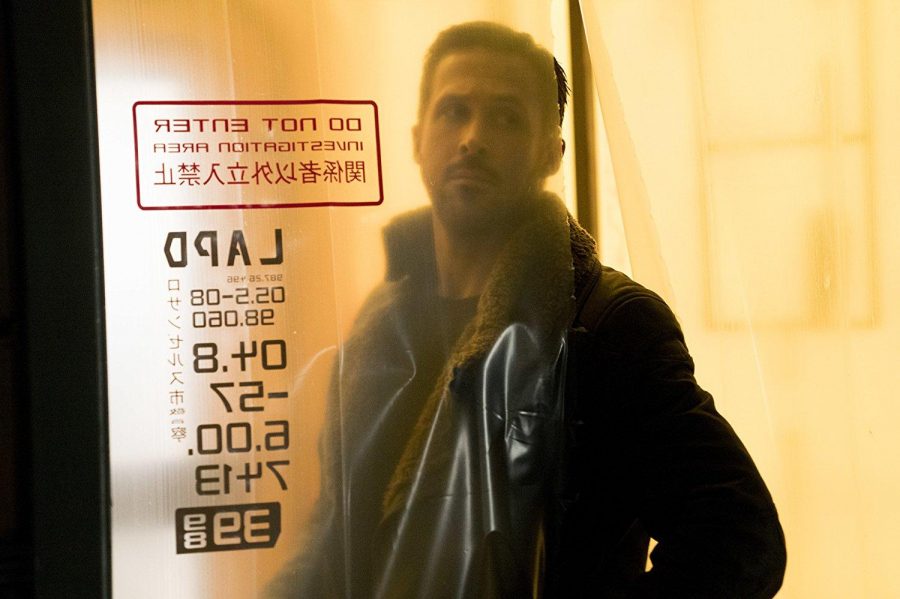Editor’s Note: The grading system used here is similar to the 10-point scale used in SDSU courses.
GRADE: A+
There’s an effective test you can try to find out if a film is something special.
You’re sitting in a theater, engrossed in a film, and you notice you haven’t gone to the bathroom in a very, very long time. You’ve been sipping your blue-raspberry ICEE for the past hour, totally invested in a film. You don’t notice nature’s call growing louder and louder until it hits you hard. Suddenly, you realize you haven’t been to the bathroom in a while. Do you leave the theater at the risk of missing something?
This is the position I found myself in while watching “Blade Runner 2049.”
Did this film pass the test?
Yes.
Did I leave the theater?
Of course I didn’t.
I could have wet myself and I probably wouldn’t have noticed — that’s how great this film is (but let the record show I didn’t soil myself at the Brookings Cinema8).
I sat on my watermelon-sized bladder because this film isn’t just a film. It’s a high-brow sci-fi noir. It’s a tense thriller that puts you on the edge of your seat. But most importantly, it’s a grand statement on what it means to be human.
“Blade Runner 2049” is the follow-up to director Ridley Scott’s cult-classic 1982 “Blade Runner.” The original film starred Harrison Ford as Rick Deckard, set in a futuristic Los Angeles in the year 2019.
In this future, there are realistic human-like androids called “replicants” that carry out manual labor tasks and sex work. Many are kept in off-world colonies, but some escape back to earth.
The task of a Blade Runner is to hunt these escaped replicants and “retire” them. It’s Blade Runner Rick Deckard’s hunt for four replicants specifically that is the plot for the 1982 film.
The first “Blade Runner” asked profound questions about the gray area between human and machine. Since its release, dozens of sci-fi movies have expanded on its investigation into what it means to have a soul.
“Blade Runner 2049” outdoes all of those movies, including its predecessor. It answers questions raised by the first film, but also raises new ones.
In this sequel, set in 2049, Ryan Gosling takes Ford’s place as the protagonist, playing Officer K.
K is a replicant, but also a Blade Runner. The plot of “2049” revolves around his search for a replicant born from another replicant, rather than built, making it the first of its kind.
Director Denis Villeneuve navigates the movie’s vast array of topics like a genius exploring a complicated labyrinth. After last year’s “Arrival” and now this, he’s proven he is the most talented director working in the industry. Because of him, “2049” will be studied by film students for years to come.
The film rests almost entirely on the shoulders of Ryan Gosling, and he lifts it high above his head. The supporting performances are not without mention, though, especially from Sylvia Hoeks, who gives an amazing performance as a ruthless replicant.
$150 million was spent on this film and it shows. Being able to sit in the theater and allow the imagery and soundtrack to wash over me was almost dream-like; an out-of-body experience. I saw the film in 3-D, and, for once, it was worth the extra $2.50.
I cannot implore everyone enough who has even a vague interest in movies to see this one. Not only is it one of the best experiences I’ve ever had in a theater, but it can teach scores about film literacy and humanity itself.
Even after seeing this movie twice, expect to see me in the Brookings theater for this movie again. Much like a food critic, I’m hungry for more.
Ian Lack is a reporter at The Collegian and can be reached at ilack@sdsucollegian.com.
















